Introduction
In Japanese mythology, Sarutahiko-no-Mikoto (猿田彦命) is known as the god who opens the way, while Jesus Christ is the central figure of a major world religion. Although they seem unrelated at first glance, some folk traditions and esoteric texts strangely intersect, even identifying these two figures as one and the same.
This article will delve deeply into the relationship between Sarutahiko-no-Mikoto and Jesus Christ, using mythological and traditional materials based on texts like the Kojiki and Seito Takenouchi Monjo (Orthodox Takenouchi Document). I must state this now: while I’ve touched upon the Kojiki and other texts numerous times, please keep in mind that not everything in them is necessarily true in a literal sense.
Let’s begin ↓
Who is Sarutahiko-no-Mikoto?
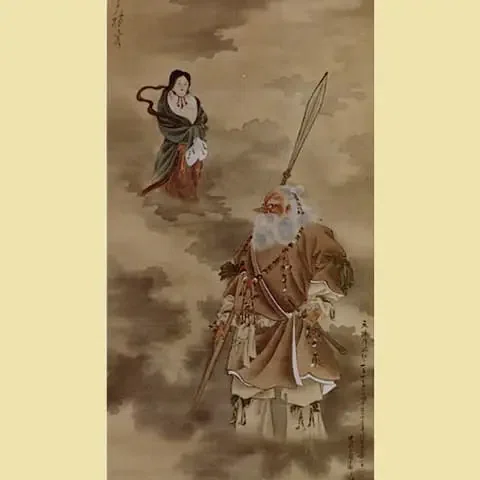
Sarutahiko-no-Mikoto in Japanese Mythology
Sarutahiko-no-Mikoto is a deity appearing in the Kojiki and Nihon Shoki. He is considered the “god of guidance” and “god who opens the way,” as he guided Ninigi-no-Mikoto and his entourage, who descended from Takamagahara (the High Plain of Heaven) at the command of Amaterasu Omikami, from heaven down to Ashihara-no-Nakatsukuni (the terrestrial world).
- His face was red, with a tall and long nose.
- He appeared radiant and stood at the boundary between heaven and earth.
- He married Ame-no-Uzume-no-Mikoto.
These descriptions suggest an appearance different from the Japanese people of that time, leading to theories that he was an “outsider” or “immigrant.”
Sarutahiko = Jesus Theory in the Seito Takenouchi Monjo
The theory that “Sarutahiko-no-Mikoto = Jesus Christ” is primarily based on the Seito Takenouchi Monjo and its oral traditions.
What is the Seito Takenouchi Monjo? The Seito Takenouchi Monjo is an ancient document said to have been passed down through the Takeuchi family. It describes the “Age of the Gods” before the Japanese Imperial family, interactions with extraterrestrial civilizations, and claims that world civilizations originated from Japan. While its contents are academically refuted, it holds some support in mythological and spiritual circles.
Mutsuhiro Takeuchi states about Sarutahiko: “I believe Sarutahiko is Jesus Christ.”
Commonalities Between Sarutahiko and Jesus
| Sarutahiko-no-Mikoto | Jesus Christ |
| Red face, tall nose (unusual features) | Middle Eastern appearance (Jewish) |
| Guided the Tenson Kōrin (descent from heaven) | Guided people to the “Kingdom of God” |
| God who opens the way | “I am the way, the truth, and the life” (John 14:6) |
| Married Ame-no-Uzume-no-Mikoto | Theory of relationship with Mary Magdalene (non-canonical) |
| Enshrined as a deity of Ise | Connection to the Ise = Israel theory |
| Intermediary for earthly gods | Intermediary between God and humans |
Who is Ame-no-Uzume-no-Mikoto?
Ame-no-Uzume-no-Mikoto is a goddess appearing in Japanese mythology, famous for performing a dance to lure Amaterasu Omikami out when she hid in the Ama-no-Iwato (Heavenly Rock Cave). She is also revered as the god of performing arts and entertainment.
In the Seito Takenouchi Monjo, “Ame-no-Uzume-no-Mikoto” is said to have become the consort of “Sarutahiko.”
From these commonalities, the theory that “Sarutahiko-no-Mikoto = Jesus Christ (or his incarnation/brother)” has emerged.
The Theory That “Sarutahiko Was a Jew”
Behind this theory lies the “Japanese-Jewish Common Ancestry Theory” (日ユ同祖論, Nichiyu Dōsoron), which suggests that Japanese and Jewish people share common ancestors.
Historical Romance: Were the Yayoi People Ancient Israelites? ~The Hata Clan and the Japanese-Jewish Common Ancestry Theory~ (This link from the original text directs to a blog post about the Japanese-Jewish common ancestry theory.) It is widely known that our Japanese roots trace back to a mixture of Jomon and Yayoi people. Among them, a theory that has been discussed among some researchers and history enthusiasts in recent years is: “Could some of the lost 10 tribes of ancient Israel have been included among the Yayoi people?”
What is the Japanese-Jewish Common Ancestry Theory?
- Similar rituals and artifacts in Shinto and Judaism (Torii = Covenant Gate, Mikoshi = Ark of the Covenant).
- Similarities between Shinto prayers (norito) and Hebrew.
- Phonetic proximity of Ise and Israel.
- Similarities between the Three Sacred Treasures (sword, mirror, magatama) and the contents of the Old Testament’s “Ark of God.”
Given the descriptions of Sarutahiko’s Middle Eastern appearance (high nose, red face) and his enshrinement in Ise, the hypothesis that he was Jewish (or from that cultural sphere) is also put forth.
The Tengu Legend in Japan
There is a theory that the origin of the Tengu (天狗) legend in Japan might have been Christ himself.
In Japanese legends, Christ is said to have arrived in Japan in a flying ship, which was called “Tenkūbo” (天空母, Heavenly Mother). This is likely a reference to the “Ame-no-Ukifune” (天空浮船, Heavenly Floating Boat).
It is said that Jesus, after climbing a mountain, descended into a village. At that time, Jesus’s face, likely with lighter pigmentation than Japanese people, was said to be severely sunburned and red. The Japanese people who saw this were surprised, and rumors spread that “the person from Tenkūbo has a long nose and a red face.” Compared to Japanese people, his nose would have been high, and since he came from the sky, it’s natural to assume he had wings. It is rumored that the rumor of “the person from Tenkūbo” gradually evolved, leading to the term “Tengu” being used for creatures with red faces, long noses, and wings.
The Legend of Jesus’s Arrival in Japan and “Christ’s Tomb” in Aomori
In Shingō Village (formerly Herai Village) in Aomori Prefecture, there is a “Tomb of Christ.”
According to the tradition of Shingō Village:
- Jesus Christ did not die on the cross; his younger brother, Isukiri, took his place.
- Jesus escaped to Japan and lived in Herai Village as “Toraidaro Daitenkū” (十来太郎大天空).
- He married a local woman and left descendants.
- His descendants are the Sawaguchi family, and there is even a surprising tradition that he came to Japan with his brother, Isukiri.
- He eventually died at the age of 106, and his tomb was built.
This “Jesus’s Arrival in Japan Theory” has garnered some attention based on oral traditions, place names, customs, and the existence of the tomb.
Are Sarutahiko and Jesus the Same?
This is a hypothesis not supported by modern academia. However, the following interpretations are possible:
- Possibility ①: Same Person Theory Sarutahiko = Jesus, who came to Japan and became the spiritual guide during Amaterasu’s era.
- Possibility ②: Functional Identity Theory A “saint with the role of connecting God and humans,” like Jesus, was deified as Sarutahiko.
- Possibility ③: Cultural Diffusion Theory Individuals or groups who immigrated from the Middle East (Jewish/Christian culture) were integrated into Japanese mythology.
Universal Principles Hidden Within Myth
What emerges from comparing Sarutahiko-no-Mikoto and Jesus Christ is the common theme of a “guiding presence,” a “spiritual intermediary,” and a “connector between God and humans.” This might be a universal form of the “transcendent guide” that humanity continues to seek across religions and cultures. By reading these as “myths” and “legends” today, we can touch upon the ancient people’s worldview, their beliefs, and their hopes for the future.
Finally, Sarutahiko is a figure from the Age of the Gods, as recorded in the Kojiki.
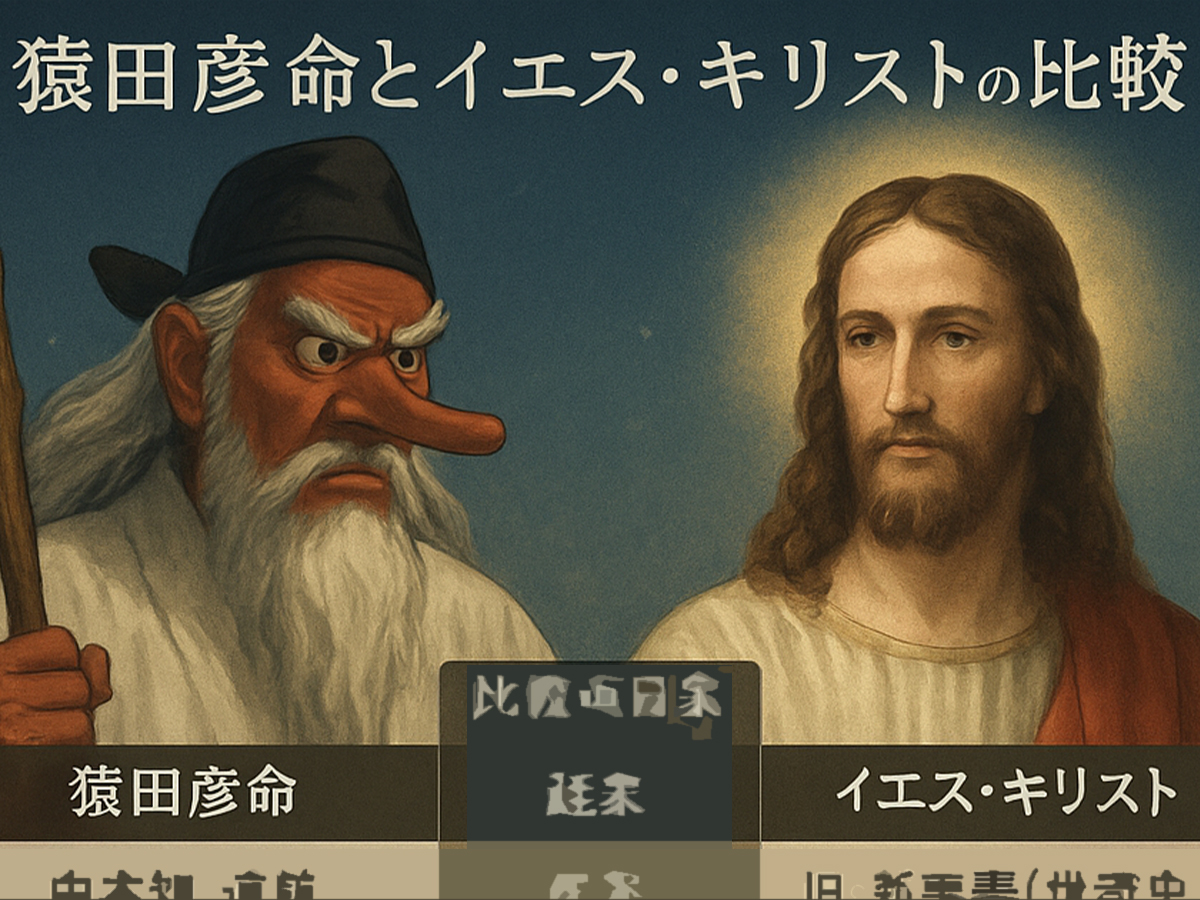

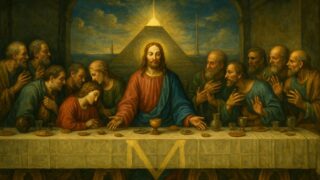
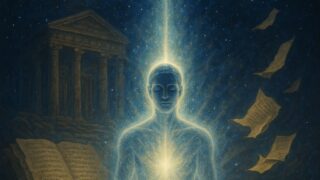
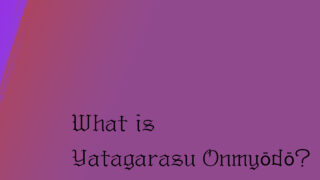
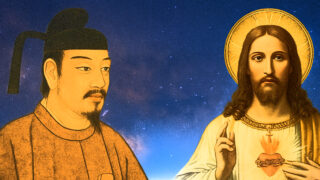
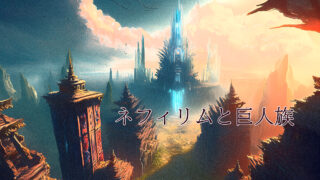
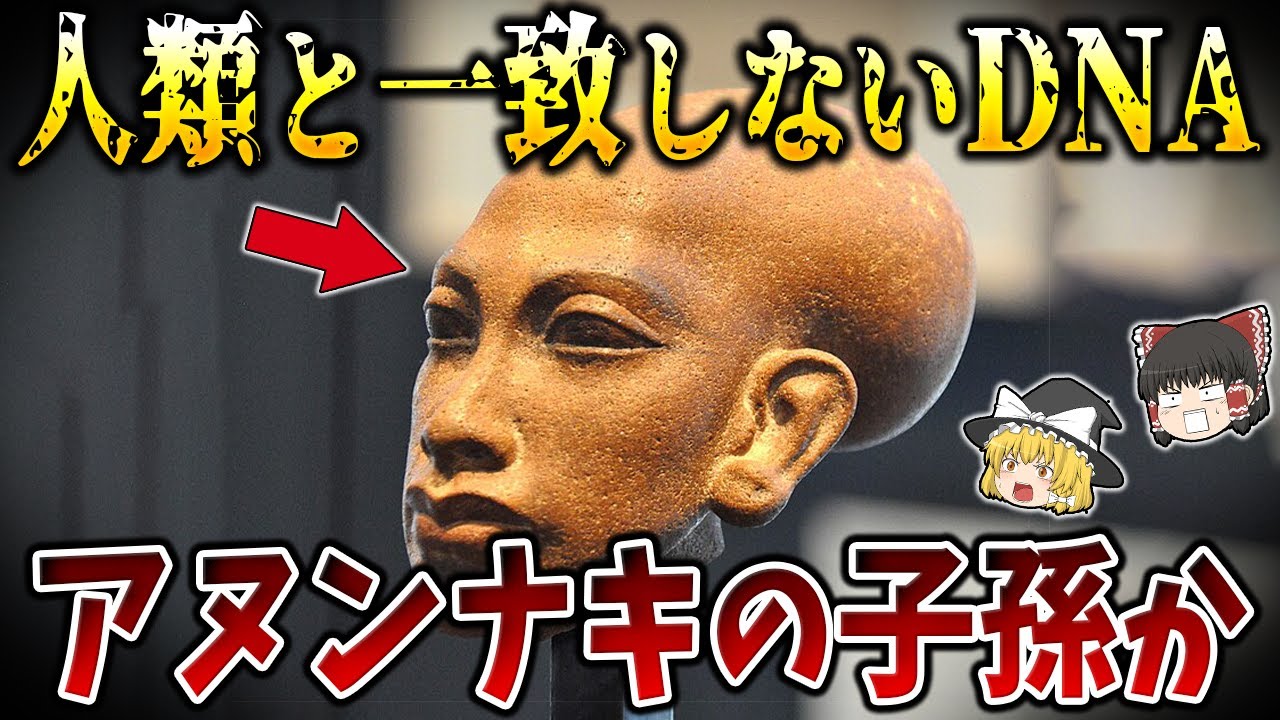

コメント